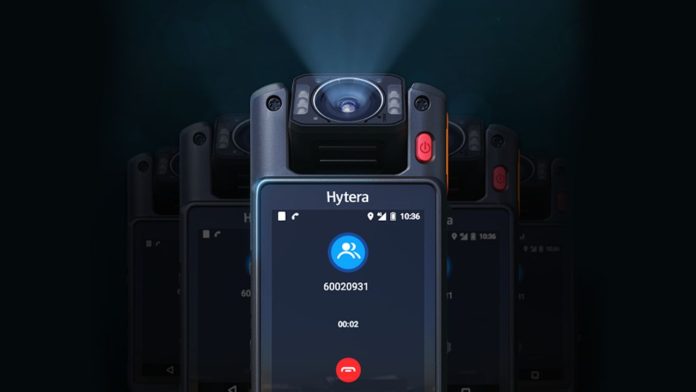Generally, body-worn cameras have a battery life of 8 to 12 hours between charges. Environmental considerations and video quality are two elements that can affect its duration. For longer recording periods, certain models provide extended battery alternatives. Internal storage on BWCs ranges from 16GB to 128GB or greater.
How much footage can be kept before offloading is necessary depends on the capacity. To access more information about body-worn cameras, please go now to the website. Additional factors that may affect storage capacity include the usage of removable storage cards and the settings chosen for video quality.
To ensure effective performance and data management, the choice of body-worn cameras should be based on the particular demands of an agency, taking into consideration elements like battery life and storage capacity. Agency rules are crucial in directing the use and upkeep of BWCs.
What Is The Primary Purpose Of Body-Worn Cameras For Law Enforcement?
Police enforcement mostly uses body-worn cameras to increase transparency, accountability, and professionalism while obtaining vital evidence to support investigations and legal proceedings. Because they create a balance between the rights of the public and the demands of law enforcement, they are crucial to modern police.
Evidence gathering:
BWCs record events, arrests, and interactions on audio and video. This recorded evidence can be very important for legal processes, and investigations, and for giving a true account of what happened.
Accountability and Transparency:
By providing an audio and visual record of law enforcement activities, BWCs encourage accountability in police. By allowing the public and officers to analyze the tape to ascertain if the officers adhered to the correct protocols, they improve accountability for both parties.
Enhanced Officer Conduct:
When law enforcement personnel are aware that their actions are being filmed, they are more likely to follow departmental guidelines and act professionally, which lowers the possibility of misbehavior.
Community Trust:
BWCs can contribute to the development of trust in the communities that law enforcement organizations serve. Knowing that conversations are videotaped and can be used to hold officers responsible frequently reassures the public.
Resolution of Complaints:
Via BWC film, complaints against cops can be promptly addressed. It offers a neutral record that can be used to assess the veracity of complaints and choose the best line of action.
Training and Supervision:
BWC video is a useful resource for officers’ training and supervision. It provides training and performance assessment examples from real-world situations. BWCs include an incident log that police can utilize to counteract unfounded accusations or legal action. They could be used to demonstrate that an officer followed protocol.
Better Incident Documentation:
BWCs’ video and audio data collection can greatly enhance the accuracy of incident reports by better documenting accidents, crime scenes, and other situations. For law enforcement, body-worn cameras, or BWCs, are essential equipment.
Final Words
Body-worn cameras, or BWCs, are adaptable instruments used by police enforcement agencies to improve accountability, professionalism, and transparency. It’s crucial to comprehend their average battery life and storage capacity to use them effectively. Agencies should choose BWCs based on their unique requirements, taking into account aspects such as video quality and ambient conditions.








